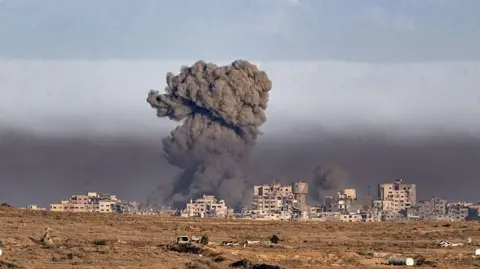Deep in the heart of a war-torn Middle East, a delicate thread of hope now stretches across the ruins of Gaza, as negotiators work to forge what could be a defining moment in this brutal conflict. Like a dusty Texas dawn breaking after the darkest night, this potential peace deal emerges exactly two years after one of Israel’s darkest hours.
The numbers tell a story as stark as any battlefield dispatch. On that October morning in 2021, Hamas militants killed 1,200 people, mostly civilians, in an attack that shook Israel to its foundation. They took 251 hostages, of whom Israeli intelligence believes 20 remain alive today, with 28 others presumed deceased.
Israel’s response has been, by any measure, overwhelming. The Palestinian death toll stands north of 66,000, with more than 18,000 children among the fallen. These figures, documented by health authorities and validated by independent medical journals like The Lancet, paint a picture of devastation that recalls the darkest chapters of modern warfare.
The winds of change are blowing through both societies. Israeli public opinion has shifted like prairie grass in a strong wind, with most citizens now favoring a deal that would bring their people home and silence the guns. The Israeli Defense Forces’ reservists, their lives interrupted by months of active duty, yearn to return to their families and careers.
In Gaza, more than two million Palestinians face a humanitarian crisis that would break the hardest heart. They’re caught between hammer and anvil – Israeli military operations on one side, and a man-made famine born of restricted aid access on the other.
Hamas, once a formidable military force, has been reduced to conducting guerrilla operations from the rubble of what was once Gaza. They’re willing to transfer power to Palestinian technocrats and surrender their heavy weapons, though they seek to retain enough arms to defend against potential retribution from their own people – a telling admission of their standing among those they’ve ruled with an iron fist.
The path to peace is as narrow as a mountain trail, with steep drops on either side. But like all moments of potential historic change, it offers a chance to choose a different future. Whether the parties will seize this moment remains as uncertain as tomorrow’s weather, but the stakes couldn’t be higher for the people caught in this conflict’s merciless grip.
And that’s the way it is – a moment of possibility amid the ruins of war, with the whole world watching and waiting to see if peace can finally take root in this troubled land.


